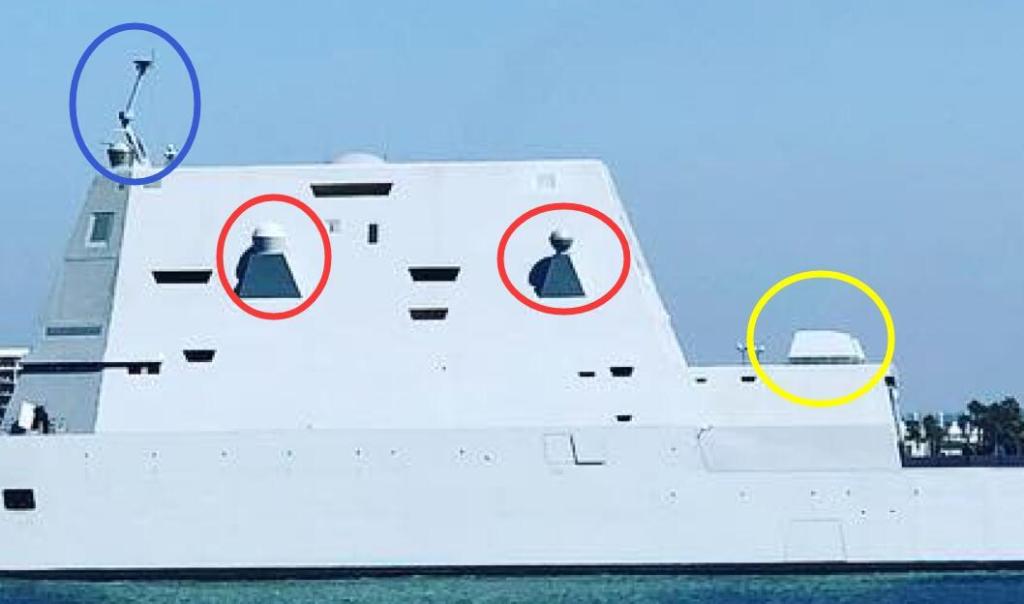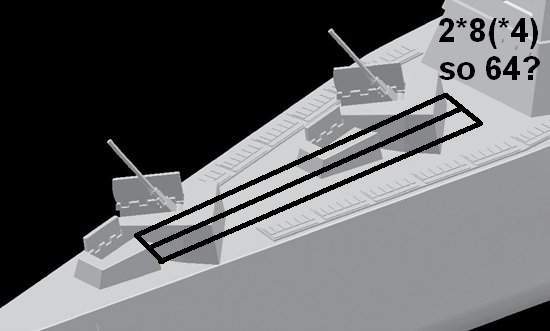You are using an out of date browser. It may not display this or other websites correctly.
You should upgrade or use an alternative browser.
You should upgrade or use an alternative browser.
US Navy DDG 1000 Zumwalt Class
- Thread starter Scratch
- Start date
Jura The idiot
General
Yesterday at 9:49 PM

source:
now
Navy's Revamped Stealth Destroyer Looks Less Stealthy As It Leaves San Diego For Trials
September 12, 2018


source:
kwaigonegin
Colonel
I doubt these vessels will ever be used operationally. It’s all dog and pony show. They tried to be too ambitious and the ones losing at the end are the taxpayers.
D
Deleted member 13312
Guest
Personally I think the Zummwalt project had gone off the rails with this, I doubt the higher ups are actually serious about the project at this point.
TerraN_EmpirE
Tyrant King
Those will work the problem is her AGS are empty the Navy bought no ammo.Embarrassing! That's the only word for this fiasco..embarrassing.

She's not totally unarmed. She will have missiles in her MK 57 VLS modules. I hope they work...& she has 30mm Bushmaster cannons.
As to the coms and sensors those are on mounts that are not as bad as they seem the amount of RCS increase is not huge.
The problem is that as they cut the numbers they cut the capabilities to try and make-up for the price increase. Classic death spiral.
Jura The idiot
General
actually they might be used operationally: as in Aug 22, 2018I doubt these vessels will ever be used operationally. ...
with their unprecedented battlespace awareness thanks to data fusion of other game-changers like LCSs they'll know when to sinkyeah the Zumwalt in war is good just for scuttling at the entrance to a port to block it
Jura The idiot
General
I took suspicion around ... Dec 23, 2014Those will work the problem is her AGS are empty the Navy bought no ammo.
...
heck,
somebody said under the article do you know what percentage of it (and of the article itself) could be true? just asking ... (from the middle of Europe)It has been long noted by critics of the DDG-1000 program that placing all of these ambitious new technologies aboard one tightly integrated platform in one great transformational leap for military mankind has the effect of integrating all of their various technical and programmatic risks as well -- in my view, magnifying the total project risk of the effort well beyond the total risks had the R&D for each system proceeded independently. (Synergistic effects can work against you as well as for you, especially when it comes to managing project risks.)
The 155mm AGS is a gun system which will never see use outside of the DDG-1000 platform; and unless the Zumwalt Class supporters in industry and in the US Northeast are successful in bypassing the Navy and selling more Zumwalts directly to the Congress, there will only be three of these ships, and only six operational AGS gun mounts -- a far cry from the 64 mounts that would have been deployed had 32 Zumwalts been procured instead of three.
As things stand today, the greatest utility the 155mm AGS system has for the US Navy is to provide justification for claiming that the USMC's interim requirements for fire support have been covered.
Once AGS has been declared to have reached IOC, then the Navy leadership will certify that the interim requirements for fire support have been met, and will give no more attention to pursuing further advancements in conventional naval gun technology.
Once that piece of paper has been signed, then it won't matter to the Navy leadership if another 155mm LRLAP round is ever fired again for any purpose whatsoever -- more so if the Zumwalt design as an integrated platform fails to live up to expectations in some major way and the three ships are then quietly set aside to guard their respective piers.
I generally think
If Something May Fail, It Will
but you know what still amazes me? when things turn worse than even I thought
Jura The idiot
General
LOL I knew I had been looking at how much space (actually area) would be there, looks like I didn't post (in my notebook it says the graphics is from June 29, could be I got fed up of that "game-changer" then):Viable to rip out the AGS systems and install VLS?

(sorry I don't recall where I got the original graphics which is this:

